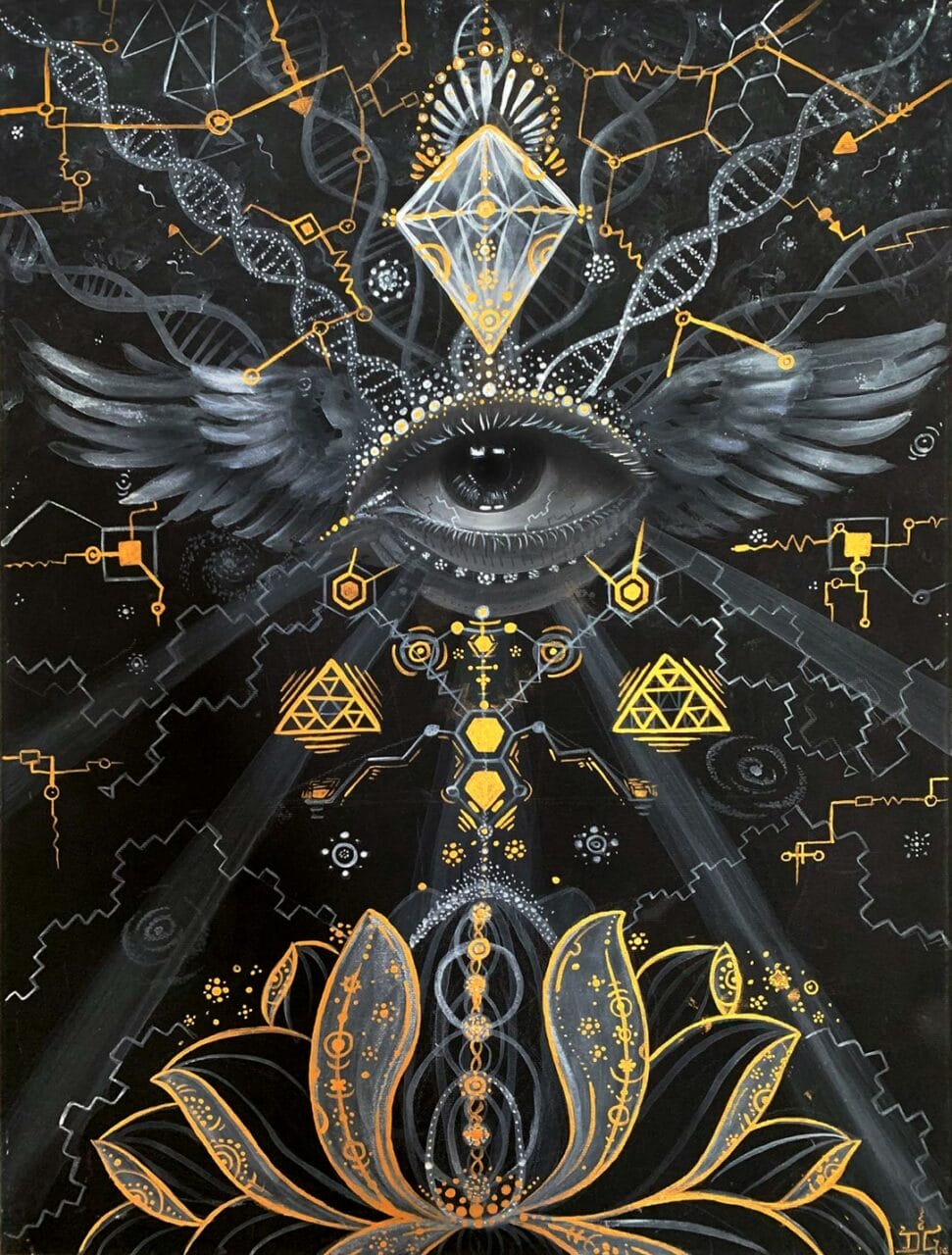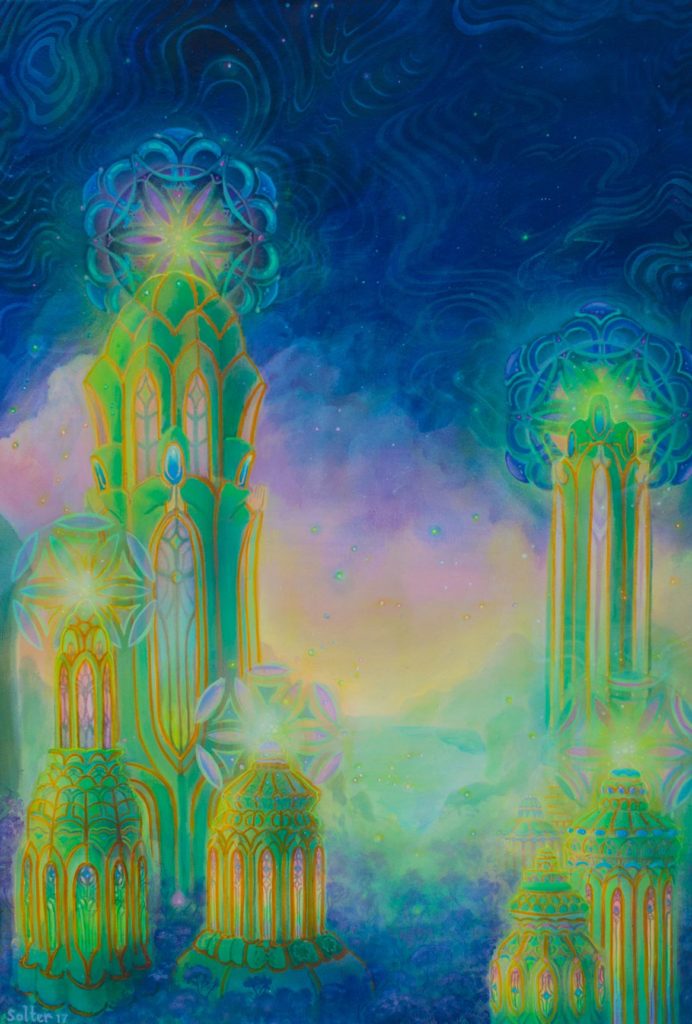
© Uni Kaya
A Historical Overview of Magic Mushrooms
Magic Mushrooms have been part of our history since 9000 BC, according to historical records. These unique mushrooms, boasting over 200 species, contain psilocybin, a compound known for its hallucinogenic effects, which may cause altered perception, visual and auditory hallucinations, and deep spiritual experiences. For thousands of years, these mushrooms have been used in spiritual ceremonies, rituals, and practices by various cultures and tribes. A considerable number of these historical uses originate from North and South America.
Ancient Usage of Magic Mushrooms
Over the centuries, many cultures have utilized natural psychedelics. Evidence found in the Sahara Desert suggests that humans were using Psilocybe Cubensis more than 7000 years ago. Archaeological findings show depictions of this psychoactive substance in prehistoric art across various regions. For instance, indigenous tribes of North Africa in the Sahara portrayed its use in their paintings dating back to around 9000 BC. Similarly, the renowned Selva Pascuala mural rock painting in Spain, which is believed to be approximately 6000 years old, reveals the use of Psilocybe Hispanica in religious rituals. The influence of these substances on cultural evolution, religion, art, societal norms, and everyday life is increasingly apparent. There is no denying the deep impact this substance has had on our culture and society.
A Brief History of Magic Magic Mushrooms Use
In history,magic Magic Mushrooms have a long-standing usage. The psychoactive substance that we know today has been used across many centuries, with a variety of practices associated with its use. As we appreciate the gifts of nature, it’s time for Shroom Delivery Canada to delve into the historical journey that has shaped Magic Mushrooms into what it is today.
Key Points
- Dried Magic Mushrooms have historically been used in traditional rituals and spiritual healing. Nowadays, they serve as a treatment for mental health disorders.
- Magic Mushrooms became a popular element of the hippie culture, playing a significant role in the psychedelic revolution and promoting recreational use.
- Key figures such as Wasson, Sabina, and McKenna were instrumental in introducing psilocybin to the modern world.

© Jonathan Solter
Endorsing the Stoned Ape Theory
Terence McKenna proposed the Stoned Ape Hypothesis, suggesting that psilocybin might have contributed to human evolution, especially in cognitive development. Despite some objections, the persuasive strength of the theory remains undeniable.
Primitive Societies and Sacred Rites
Historical societies depicted cubes through symbols, art, and statues, indicating the ritualistic use of Magic Mushrooms. Both the Mayans and Aztecs used it for communication with otherworldly beings, including gods. Within the culturally rich Aztec society, it was referred to as “teonanácatl“, meaning “flesh of the gods”. The concept of a psychedelic experience was alien, leading them to view it as a divine entity. Moving north to Siberia, hallucinogenic Magic Mushrooms were employed by Siberian shamans. They specifically used the hallucinogenic compound (Magic Mushrooms) named “Amanita Muscaria” for spiritual healing and conventional practices, despite its poisonous nature. This usage dates back nearly ten thousand years. In African tribal rituals, particularly among the Congo and Zimbabwean tribes, cubes were used for communication with ancestors, to stimulate visions, and promote spiritual healing. These historical societies provide context to contemporary psilocybin usage. The reverence for this substance in these cultures comes from its divine connection and its ability to trigger mystical experiences.
Magic Mushrooms in Myth and Legend
Numerous narratives, including those by Gordon Wasson, have emphasized the link between Magic Mushrooms and the mystical world, highlighting its role in folklore and mythology as a medium for divine communication and enlightenment. In ancient India, the Soma—a ceremonial beverage mentioned in the Vedas—was believed to induce altered states of consciousness. Scholars like Wasson conjecture that it could have been brewed from psychoactive plants, specifically fly agaric. Some even suggest that this ancient drink might have contained a mixture of various plants. Irrespective of its origins, psychedelic history suggests that Soma facilitated the appearance of sacred symbols during rituals, signifying a doorway to higher wisdom or spiritual enlightenment.
The Contemporary Age
A Summary of the
Beginnings
Historical evidence from the era before Columbus suggests that the Mayans and Aztecs utilized psilocybin Magic Mushrooms. This practice was deemed barbaric by the Spanish rulers in the 15th and 16th centuries, leading to a ban. In spite of this prohibition, shamans secretly continued the consumption of magic Magic Mushrooms, thereby maintaining their cultural heritage for over four centuries.
Reemergence in the Western World
The 1950s saw the revival of these substances in the West due to the trailblazing work of individuals such as R. Gordon Wasson, Roger Heim, and Albert Hofmann. During a visit to Mexico, they managed to extract the two psychedelic compounds (psilocybin and psilocin) present in the Magic Mushrooms acquired from the Mazatec tribe. Wasson went on to share his experiences, uses, and understanding of magic Magic Mushrooms in Life magazine. His articles and personal narratives helped to establish the substance as a potent hallucinogen. By the arrival of the 1960s, this substance had become emblematic of the Hippie culture and was seen as a path to spiritual awakening. However, its use also provoked significant debate and triggered a shift in the recreational consumption of hallucinogens.
Subsequent Development: Universal Prohibition
In 1971, the United Nations Convention on Psychotropic Substances classified psilocybin as a Schedule 1 illicit drug, along with Lysergic Acid Diethylamide and N, N-Dimethyltryptamine. They were all deemed to have no medical value and a high likelihood of misuse. This led to extensive criminalization in Western nations, including Canada and the U.S., severely limiting spiritual and therapeutic uses of the substance.
The Modern Revival of Psilocybin
Recently, there has been a softening of the strict laws governing psilocybin use, beginning with its decriminalization. This shift is in line with the UN’s provision for treaty member states to regulate the substance as per their own policies. At the same time, a growing body of research and clinical trials on psychedelics and consciousness strongly supports potential medical uses of psilocybin. A 2021 study investigating the therapeutic use of psychedelics suggests that the 1970 ban greatly hindered further research. However, an initial study in 2004 rekindled interest in psilocybin, suggesting potential applications in neuropsychiatry, especially for treating mental health conditions such as:
- Depression, Anxiety, and Stress
- Post-traumatic Stress Disorder (PTSD)
- Obsessive-compulsive Disorder (OCD)
- Drug Dependency (Aiding in Addiction Recovery)
- Excessive Alcohol Consumption and Drugs)
The Influence of Media and Art
Psychedelic cubes have become a topic of widespread discussion, appearing in numerous forms of media. The intrigue surrounding these substances has been renewed through various mediums, including art and literature. Movies such as “Fantastic Fungi” by Director Louie Schwartzberg, along with documentaries exploring their therapeutic benefits, have deepened public understanding of their psychological and physiological effects. Michael Pollan, author of “How to Change Your Mind,” has studied the use of psychedelics for mental well-being and spiritual development, reigniting interest in their societal and therapeutic value.
Prominent Historical Advocates of Fungi
- María Sabina: A Mazatec shaman and poet from Mexico, Sabina was instrumental in introducing cubes to the Western world. She allowed Wasson to observe her Magic Mushrooms rituals.
- Gordon Wasson: Wasson, a writer, is renowned for drawing international attention to the substance. His in-depth account of his experiences with Sabina contributed to an enhanced understanding of its traditional usage.
- Terence McKenna: A leading advocate for psychedelics, McKenna was crucial in emphasizing their cultural and philosophical relevance. His speeches, writings, and research popularized the “Stoned Ape” theory, portraying it as a cognitive enhancement tool that impacted society.
A Concise Timeline
with TRD.
| Prehistoric | Stone art discovered in the Sahara, Africa, indicates prehistoric usage. |
| Ancient | The Maya and Aztec civilizations incorporated teonanácatl into their religious and spiritual practices. |
| 16th Century | Its usage was discouraged due to its association with Indigenous beliefs. |
| 18th Century | In 1799, the “intoxicating” effects of the drug came to light when four children accidentally ingested Psilocybe Semilanceata, highlighting the potential dangers of its use. |
| 20th Century | The substance was introduced to the Western world by Wasson and Sabina, sparking a psychedelic revolution among hippies. The UN legalized the possession and use of the substance. |
| 21st Century | Clinical trials to establish its medicinal potential are increasing. It has now received authorization for use under the Special Access Program from Health Canada. |
The Emergence of the Psychedelic Era and Beyond Redemption | Purchase Magic Mushrooms Online at Shroom Delivery Canada
The consistent usage of cubes at Shroom Delivery Canada, backed by robust scientific research, will persistently grow until it achieves global acclaim. The online Magic Mushrooms store of Shroom Delivery Canada is prepared to facilitate this shift. Our extensive range of products captivates customers, encouraging them to embark on the enigmatic yet healing journey of psilocybin. Secure your preferred items from Zoomies today.
Commonly Asked Questions
No, Amanita Muscaria does not contain the active ingredients found in Psilocybe Cubensis. Rather, the psychoactive substances in fly agaric are muscimol and ibotenic acid. A prevalent theory regarding the origin of Soma suggests it to be a concoction of various psychoactive plants. In a similar vein, ayahuasca is a beverage that alters consciousness. The only similarity between the two is that soma is thought of as an analogue of ayahuasca. It was scrutinized for potential Magic Mushrooms poisoning after being classified as a toxic Magic Mushrooms. In the present day, it is recognized as Psilocybe Mexicana.

